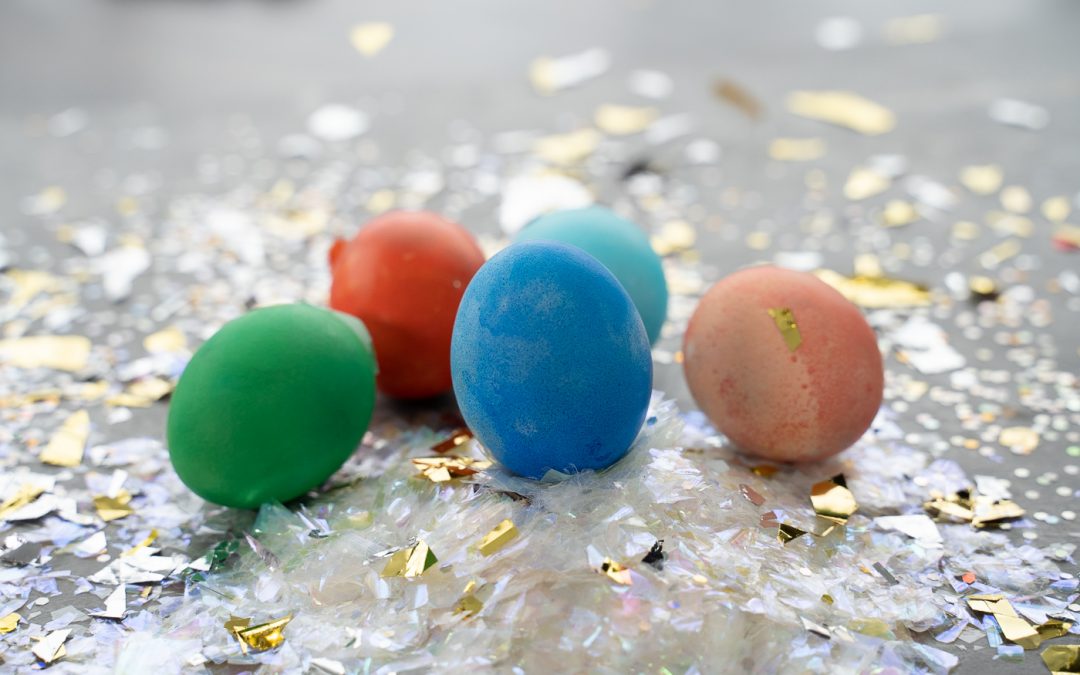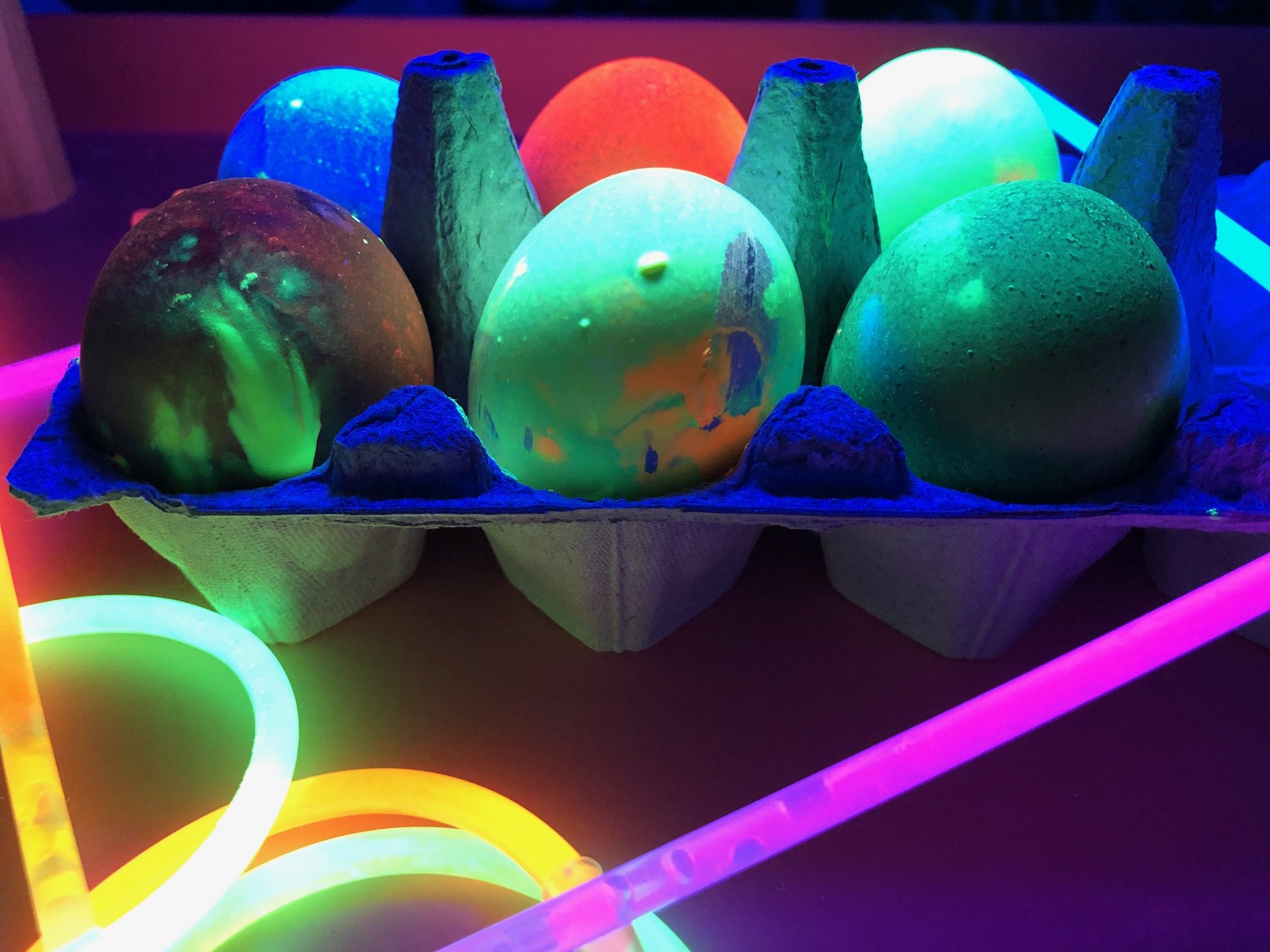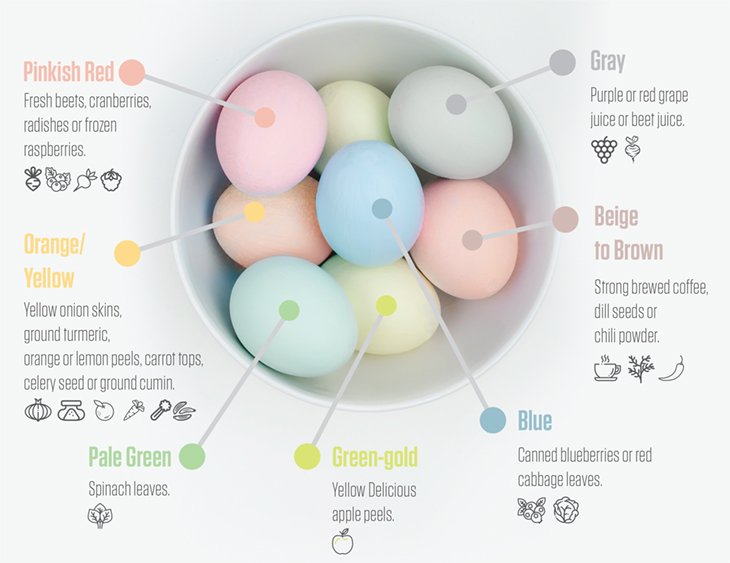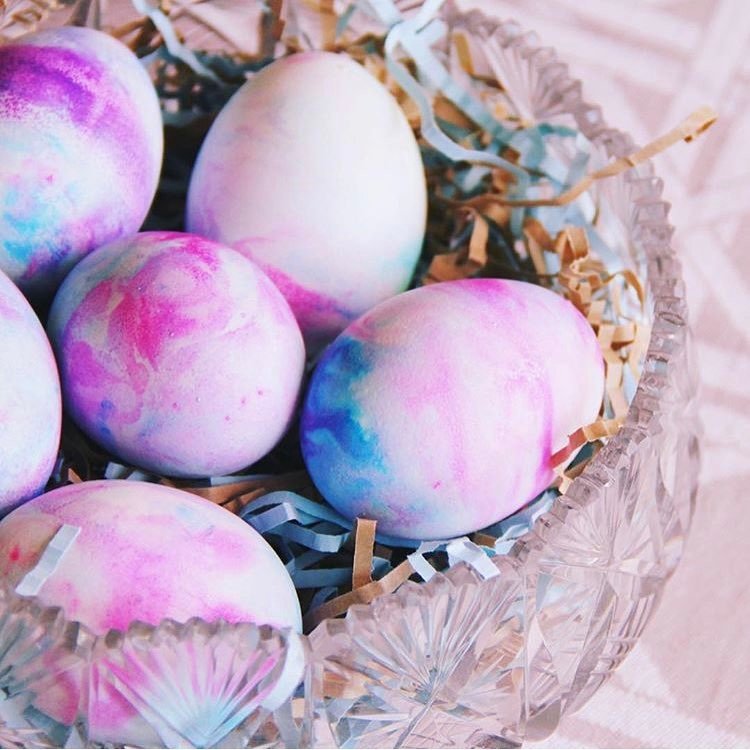How to Craft Cascarones
Make confetti eggs for your Easter table decor
WHAT YOU NEED
- 12 empty EGGSHELLS
- Small bowls or plastic containers for dye cups
- Boiling water for each dye cup
- 1 tsp. distilled white vinegar for each dye cup
- Food coloring
- Funnel, or paper taped into a funnel
- Confetti
- Tissue paper in a variety of colors
- Glue stick
DIRECTIONS
- COMBINE 1 cup boiling water, 1 tsp. of distilled white vinegar and about 20 drops of food coloring of your choice in each dye cup. DYE the eggshells by dunking each egg slowly into a dye cup. LET eggs thoroughly dry.
- FILL eggs with confetti using your hands or a funnel. Using scissors, CUT a ¾-inch square of tissue paper.GLUE the tissue paper over the hole on the egg.
- When ready, CRACK cascarones by hand or on a hard surface to release the confetti … and have fun!
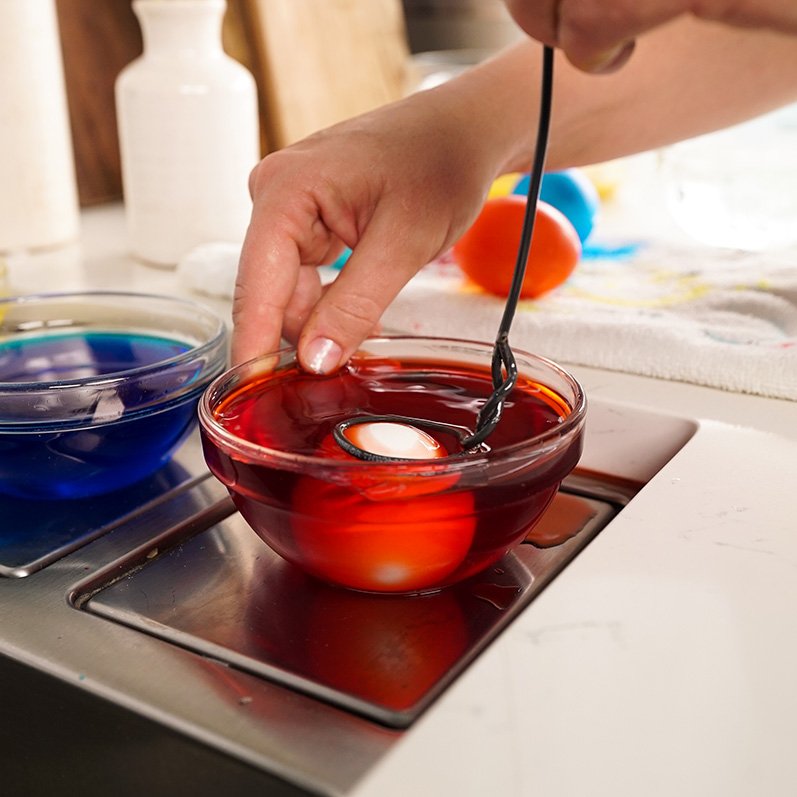
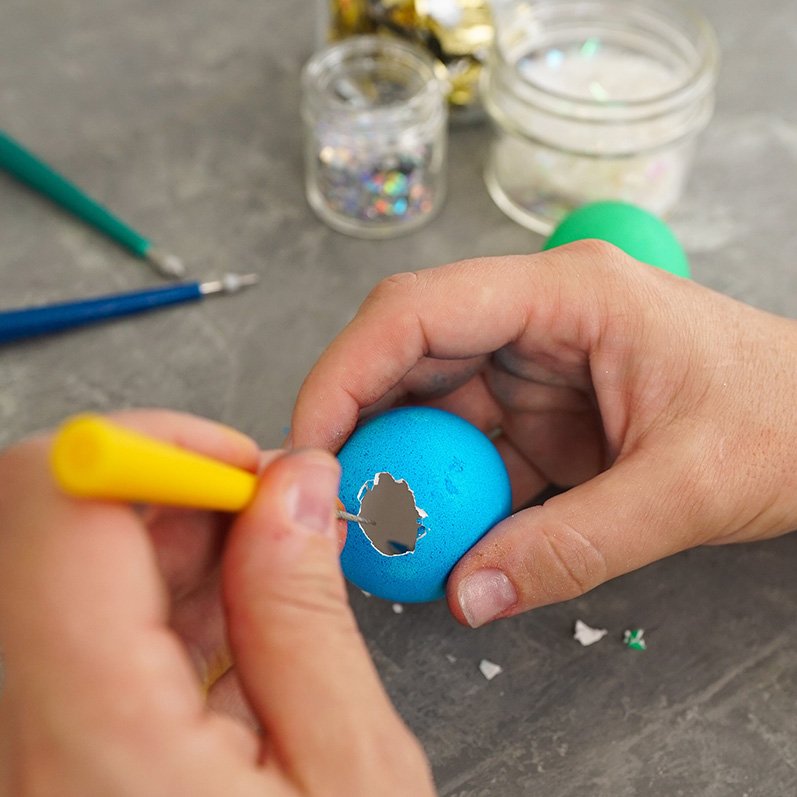
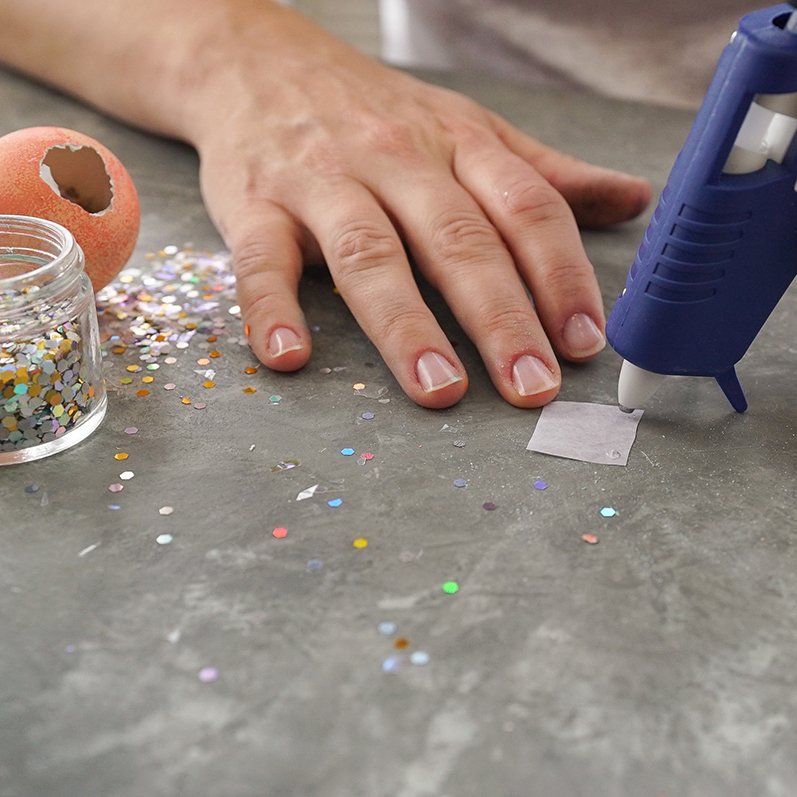
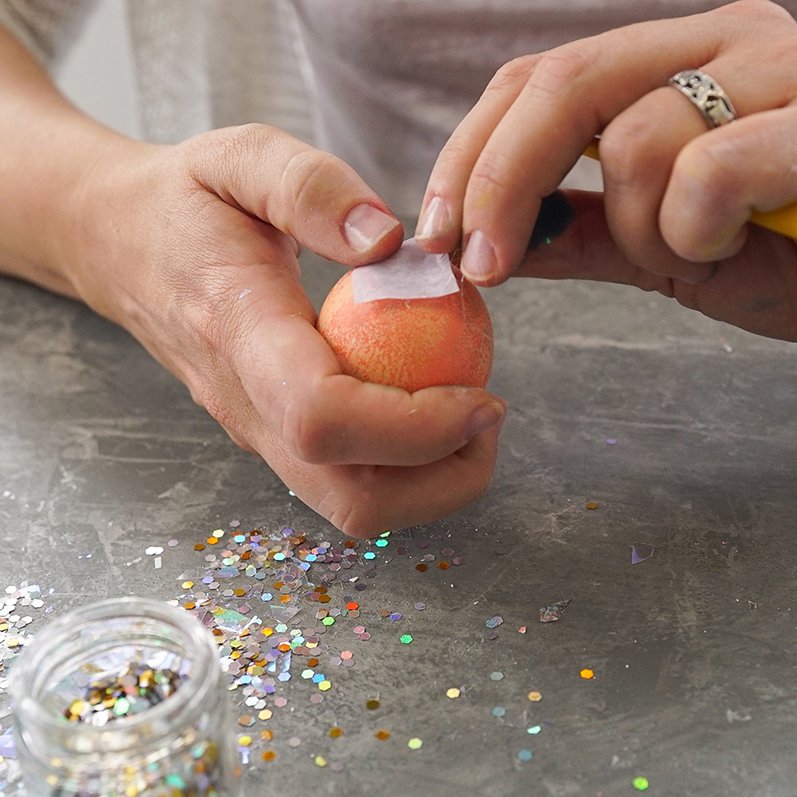
- Beyond confetti, you can also fill your eggs with many other things, such as glitter, small sheets of tissue paper or even colorful cereal.
- Always cover your work surface with a few layers of paper towels or newspaper to protect your table from dye stains.
- Want to know the history of this eggciting tradition? Hollowed eggs filled with treasures date all the way back to the 13th century! Learn more HERE.
To empty the egg shells:
- Wash the egg, using water warmer than the egg, and dry it. With a sterilized long needle or bead reamer, prick a small hole in the small end of the egg and a large hole in the large end. Carefully and evenly make the large hole bigger using the needle or bead reamer until it’s big enough to accommodate the tip of a baster. Stick the needle or skewer into the yolk to break it. Remember to use sterilized tools if you plan to save the egg for consumption.
- Either shake the egg large-end down over a cup or bowl until the contents come out or use a baster to push out the contents. Press the bulb of the baster to push air into the egg, letting the contents fall into the cup. If the contents don’t come out easily, insert the needle again and move it around to be sure both the shell membranes and yolk are broken. Rinse the empty shell under cool running water and stand it on end to drain and dry. Be careful when decorating emptied shells – they’re quite fragile.
- Use contents immediately in a recipe that includes mixed yolks and whites and calls for thorough cooking. Most baked dishes – such as casseroles, custards, quiches, cakes or breads – are good uses for eggs emptied from their shells.
History of Cascarones
Want to know more about this eggciting tradition? “Cascarones” is derived from the Spanish word, cascara, which translates to “shell.” In addition to luck, some say these eggs also have a religious meaning, where the eggshell represents Jesus’ tomb and the confetti represents the joy of resurrection.
While cascarones can be most common in the southwestern U.S. around Easter time, these surprise-filled eggs are also used at many other occasions, including Cinco de Mayo, Halloween, birthday parties and weddings. They have even become a symbol of folk art in southern Arizona. Some decorators have turned their eggtastic creations into heads, small animals and figurines and later sell them at public events, most likely for others to display or give as gifts.

